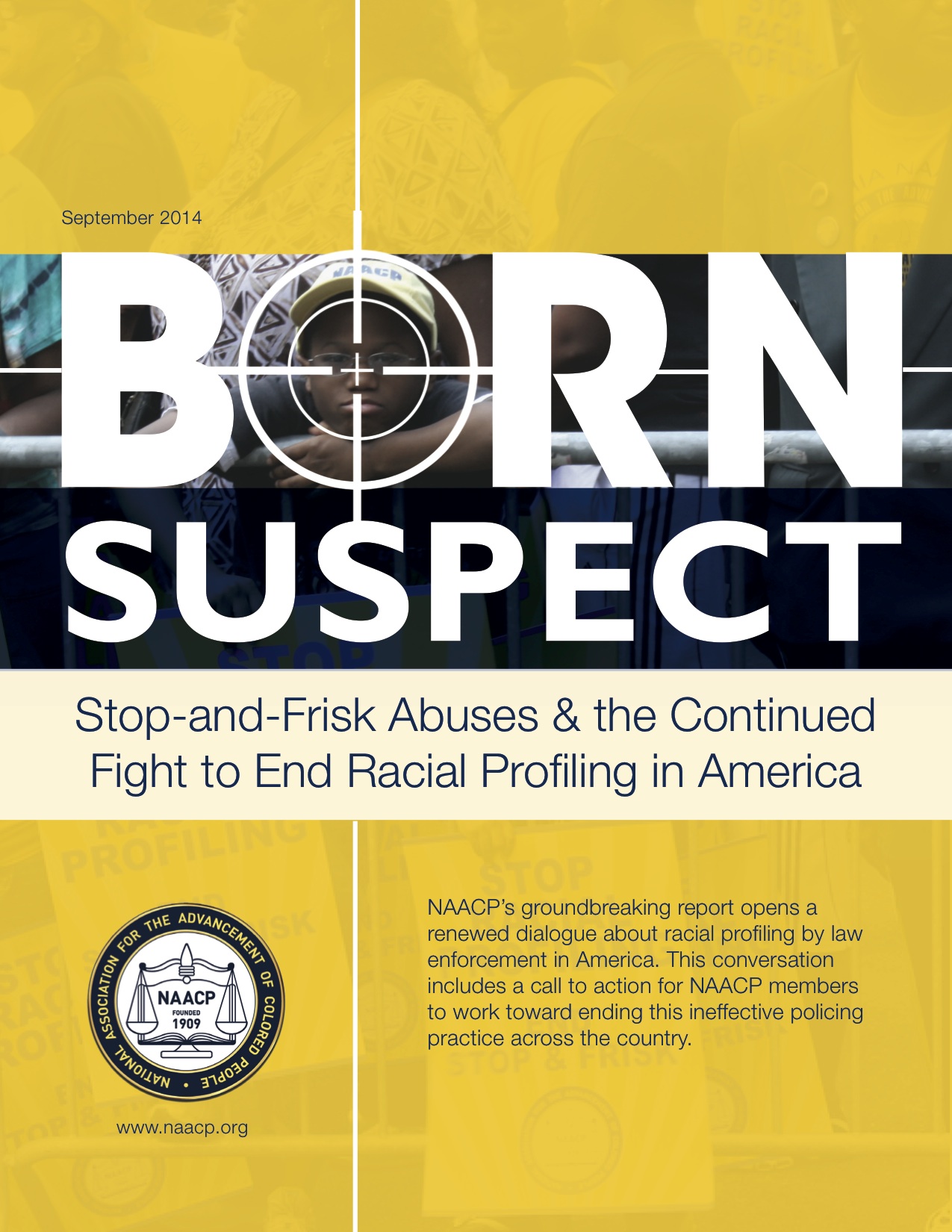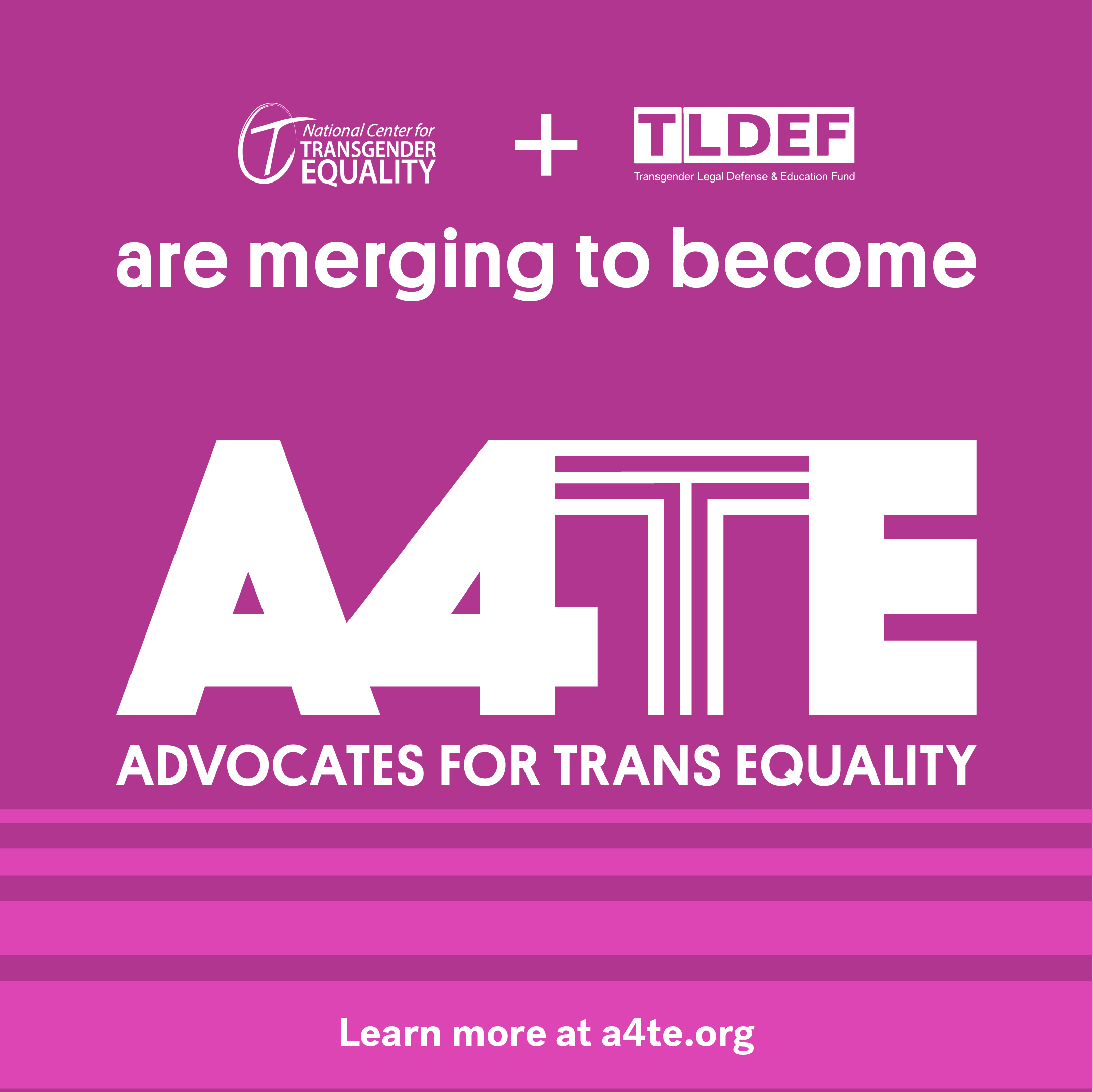El DOJ debe actuar: por qué las reglas de perfiles raciales y religiosos no pueden esperar

Trina, a transgender woman of color, is not a stranger to police profiling and harassment. When she was 17 years old, she an officer approached her while she was outside with friends at an LGBT community event in Manhattan’s West Village. Trina complied with the officer’s request to see her ID, and that’s when the officer began calling her a man and a “faggot.” Despite having a clean record, Trina was arrested that night because the officer found two condoms in her purse. The alleged crime was for prostitution and she was sent to the men’s holding area. Transgender people are frequently profiled by law enforcement officers in the United States. Trina, along with other transgender and LGBT people, were among some of those profiled in an expansive new report by the NAACP called, “Born Suspect: Stop-and-Frisk Abuses & the Continued Fight to End Racial Profiling in America.” Released in September 2014—and in anticipation of action by the Department of Justice to address racial and religious profiling in federal investigations—the report documents and analyzes the effectiveness of racial profiling laws across the country. However, as the report states, “the current status of laws across the fifty states leaves little hope for a meaningful solution” to address racial profiling. That is why guidelines on the use of racial and religious profiling from the Department of Justice are more important than ever—national standards are needed to ensure law enforcement nationwide remove racism and prejudice in their interactions with all people including transgender people of color.
Police profiling is a chronic underlining factor that has defined transgender-police relations for decades, dating before the Stonewall Riots of 1969. However, the profiling of transgender individuals, continues to be a common experience for too many, especially for transgender people of color. It also contributes to a negative public perception that transgender people don’t abide by the law and need to be monitored. According to the 2011 National Transgender Discrimination Survey, one-fifth of transgender people have reported harassment by police, with much higher rates reported by transgender people of color. In another case, a transgender Latina woman named Antonia living in Queens, NY was stopped and frisked many times by the police and arrested for allegedly engaging in prostitution This often occurred when she sat with a couple of her transgender friends outside one of their homes. Each time, she was taken to lock up where she was strip searched and mocked by the police. These cases are not rare. By profiling transgender people of color, police lose the trust of transgender communities and their friends and allies, often making it more difficult for transgender people to rely on law enforcement in times of true violence. The use of race by federal and local law enforcement agencies is illegal, as is discrimination basis on sex—and in some jurisdictions—on the basis of gender identity and sexual orientation. As enforcers of the law, police are supposed to help and protect transgender people like any other groups of residents, not single them out for unwarranted scrutiny. In order to improve the everyday lives of transgender people, there must be changes in policing including limits to the use of race. NCTE eagerly awaits the Department of Justice’s release of these clear guidelines.

